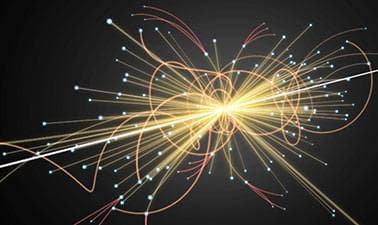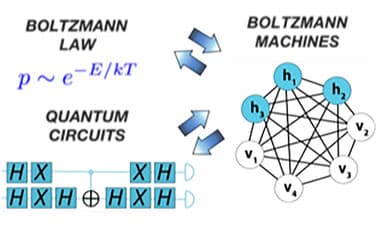StanfordOnline: Quantum Mechanics for Scientists and Engineers 2
This course covers key topics in the use of quantum mechanics in many modern applications in science and technology, introduces core advanced concepts such as spin, identical particles, the quantum mechanics of light, the basics of quantum information, and the interpretation of quantum mechanics, and covers the major ways in which quantum mechanics is written and used in modern practice.

- Certification
- Certificate of completion
- Duration
- 9 weeks
- Price Value
- $ 99
- Difficulty Level
- Introductory









